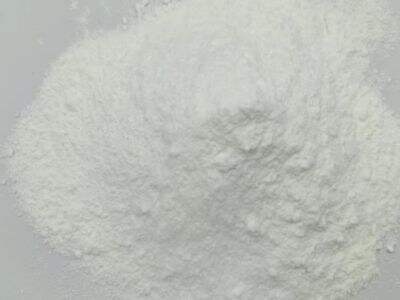It is a fungicide known by the generic name Mancozeb 80% WP. Ever wonder how long it lingers on the plants before it degrades after being sprayed? To know more about Mancozeb 80% WP residue in our food, let’s explore together.
Mancozeb 80% WP Residual on Crops
As farmers apply Mancozeb 80% WP to their plants, a residue of this agent adheres to the plant leaves and fruits. This residue does protect these crops from such destructive diseases as mildew and rust. But how long does that residue remain on crops? Studies reveal the field half-lives of Mancozeb (80% WP) on crops vary. This can vary depending on factors like the weather, the type of crops and what’s been sprayed.
How Long Can the Leftover Stuff Stick Around?
Mancozeb 80% WP residue period from few days to few weeks Typically, it decays more quickly on sunny, warm days than on cold, rainy ones. That means summer-sprayed crops may have less residue than winter-sprayed ones.
What Happens After Harvest?
Mancozeb 80% WP residue may still remain on fruits and vegetables after crops are harvested. The residue will decompose over time, but farmers must observe good practices regarding fresh produce after it has been harvested, she said. This is to ensure all of the health risks are kept at bay.
How Long Does the Residue Remain on Various Foods?
According to research, Mancozeb 80% WP residue can remain on food for a different period. For instance, leafy vegetables such as spinach and lettuce may retain the residue for a less long period than fruits such as apples and oranges. Farmers need to understand this so that they know when to harvest crops and when it is safe to consume such crops.
What Influences Speed of Residue Decomposition?
The degradation rate of Mancozeb 80% WP in the soil can be influenced by soil pH, temperature, and by members of the microscopic community in the soil. Most often, the residue will decompose more rapidly if it is on soils that are neutral and contain high activity of microbes. Farmers can help accelerate this process by adding organic matter to the soil and rotating crops to prevent residue from accumulating.
Conclusion
Closure: Thus, survival of Mancozeb 80% WP residue varies from crop to crop and depends on environmental conditions and treatment rates. It is important for farmers to know how long this residue lasts in order to keep consumers and the environment safe. Farmers can minimize any risks from Mancozeb 80% WP residue in their produce by adhering to best practices.
When these farmers ask just how long Mancozeb 80% WP will remain on their crops, they really need to know, not only to make wise choices to keep their crops safe and healthy, but everyone else safe and healthy too. By understanding the breakdown of the residue and its persistence, farmers can utilize the safest practices for growing crops. CIE Chemical backs farming caring for both humans and nature.
 EN
EN
 AR
AR
 FR
FR
 EL
EL
 HI
HI
 IT
IT
 PT
PT
 RU
RU
 ES
ES
 TL
TL
 IW
IW
 ID
ID
 UK
UK
 VI
VI
 SQ
SQ
 TR
TR
 FA
FA
 AF
AF
 MS
MS
 SW
SW
 AZ
AZ
 UR
UR
 BN
BN
 HA
HA
 IG
IG
 JW
JW
 KM
KM
 MN
MN
 SO
SO
 ZU
ZU
 MY
MY
 KK
KK
 TG
TG
 UZ
UZ
 AM
AM
 KU
KU
 KY
KY
 PS
PS
 SN
SN
 XH
XH

